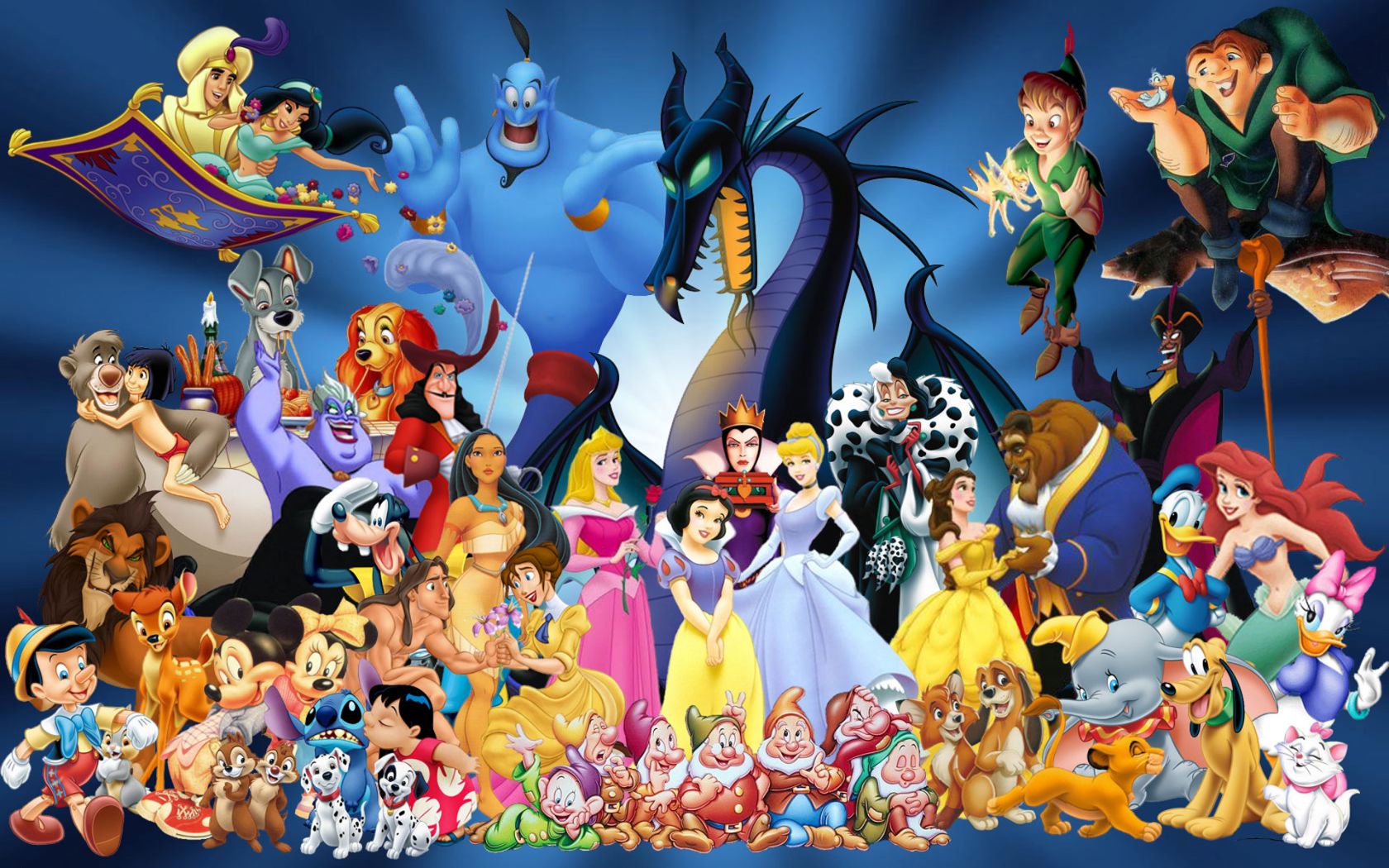"If I want my students to wrestle with the social text of novels, news, or history books, they need the tools to critique media that encourage or legitimate social inequality."(pg. 127)

I really liked this quote, even though it is pretty early into the reading, because it is true that in order to understand where social inequality began you have to be able to analyze where it originally came from and how. Christensen believes that if you can not see the racial and social differences in fairy tales and cartoons then you definitely will not know how to pick apart any issues that we read in articles such as this each week. She is using the media as a foundation for better understanding of the world and how we have created stereotypes.
"It can be overwhelming and discouraging to find out my whole self image has been formed mostly by others or underneath my worries about what I look like are years (17 of them) of being exposed to TV images of girls and their set roles given to them by the TV and the media. It's painful to deal with." (pg. 129)

It is understandable that it is hard to find out the fairy tales you loved or shows you liked to watch as a kid helped to grow who we became as an adult. Especially when you are a woman who is pretty self conscious and may think a lot that you are not pretty enough or skinny to not be practically invisible in society. In my opinion it can also be comforting to find out that these things are not just all made up in your head and you aren't crazy, subconsciously you have been taught to feel this way by what you have probably seen on the television. It may be strange to think of it that way but that is partially how I looked at it while reading this text.
"I don't want students to believe that change can be bought at the mall, nor do I want them thinking that the pinnacle of a woman's life is an 'I do' that supposedly leads them to a 'happily ever after'." (pg. 133)

So I was happy when princess Tiana became the princess from the "Princess and the Frog" and then this article tells us part of the story called "Cindy Ellie, A Modern Fairy Tale" which is the story of an African Cinderella, which seemed like a good story so far. They definitely helped make fairy tales more racially integrated, but no matter what, getting the prince in these tales were the most important part of the stories. I wish that there could be more fairy tales made where this did not need to be an object of the story at all, but I doubt that there will ever be one without falling in love being an aspect. I personally like that part of fairy tales but I do get that finding a man is not the most important thing for a girl to do in her lifetime.
Also something to think about that could be something to talk about in class as well is how many guys feel about fairy tales which is in a small article right here
No comments:
Post a Comment